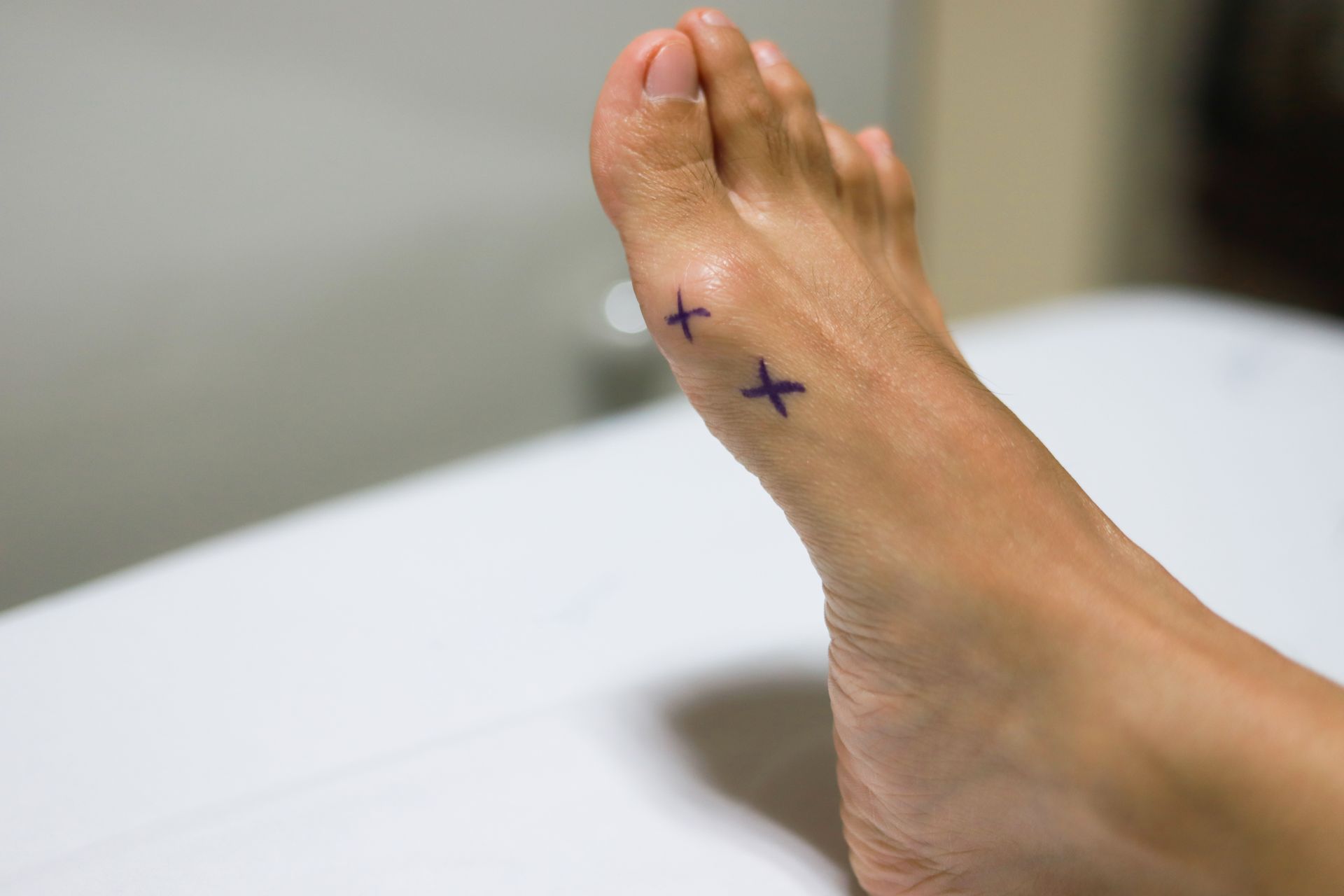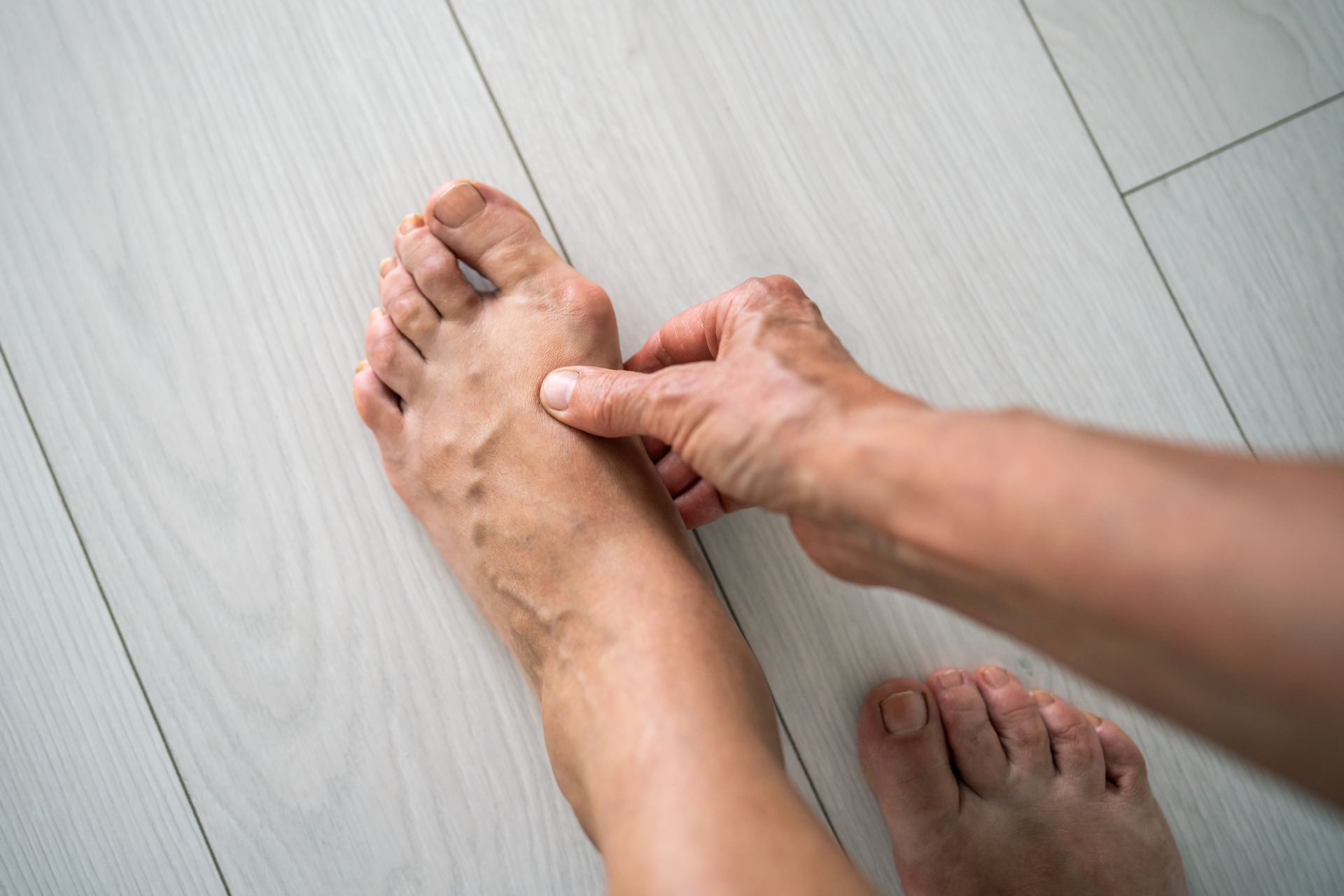Injury Prevention for Baton Rouge Runners
Stepping in a hole and twisting an ankle and other similar acute injuries or accidents are hard to prevent, but they usually have straight forward, predictable treatments. Chronic, or overuse injuries, on the other hand, are far more frustrating, particularly for runners who may spend a significant amount of time sidelined from their sport. However, much more preventable injuries include:
- plantar fasciitis
- Achilles tendinitis
- Stress fractures
- Shin splints
Proper Training to Prevent Running Injuries
When it comes to endurance training, athletes are well-advised to consider the pneumonic FITDM: frequency, intensity, duration and mode. Many times, an endurance injury involving the foot or ankle centers around one of these variables:
- Frequency –How often a given activity or exercise is being performed
- Intensity -How fast or how hard it is being performed
- Duration -How far or how long it is being performed
- Mode –Which activity (run, bike, swim, high intensity training, etc.) is being performed
Imagine these variables as the dials on an old stereo system. Oftentimes, when an endurance injury occurs, one or more of these“dials” on the stereo has been maxed out without adjustments to the other variables, and the result is a blown out speaker. A common example is as follows:
Scenario: I run 2-3 miles, 3 times a week and have done so for many years without injury. I decide to train for a half marathon, and a friend and I start Orange Theory (or Crossfit, P90X or other HITT program). I’ve developed massive foot pain and swelling. Does this mean that I can’t run long distances?
Answer: No. This patient increased frequency, duration, intensity and mode all at once and blew out his/her “speakers.” Adding strength training and high intensity training to a running program is a good thing and generally helps a runner, but not during a significant increase in mileage. Also, adding different modes of exercise has been shown to decrease injury in runners, but the other variables in FITDM need to be considered.
Avoiding Overuse Running Injuries
Another common cause of endurance injuries is simply overtraining. This is something no one wants to hear, but it’s still true. And, there is a simple way to identify overtraining: mood. Millions of dollars have been spent analyzing lab values like CPK, lactic acid, and muscle biopsies. Scientific values do give some insight into overtraining, but the most accurate way to identify it has been reading training journals of elite athletes.
Training journals often reveal changes in mood that precede an overuse injury and/or decline in performance. The solution: mix up your workouts, run shorter distances at a faster pace, take a week off, or add a weekly spin class. There are a number of ways around this problem, but the key is being honest with yourself about how your body feels.
The goal with running isn’t to be healthier in a week or a month. The goal is to be healthier for the rest of your life. Start slow, build mileage gradually, mix up your workouts, and have fun! And, if you run into an injury, it is best to see a
Baton Rouge foot doctor for runners. If and when you get to this point, please give me a call or
set an appointment.


